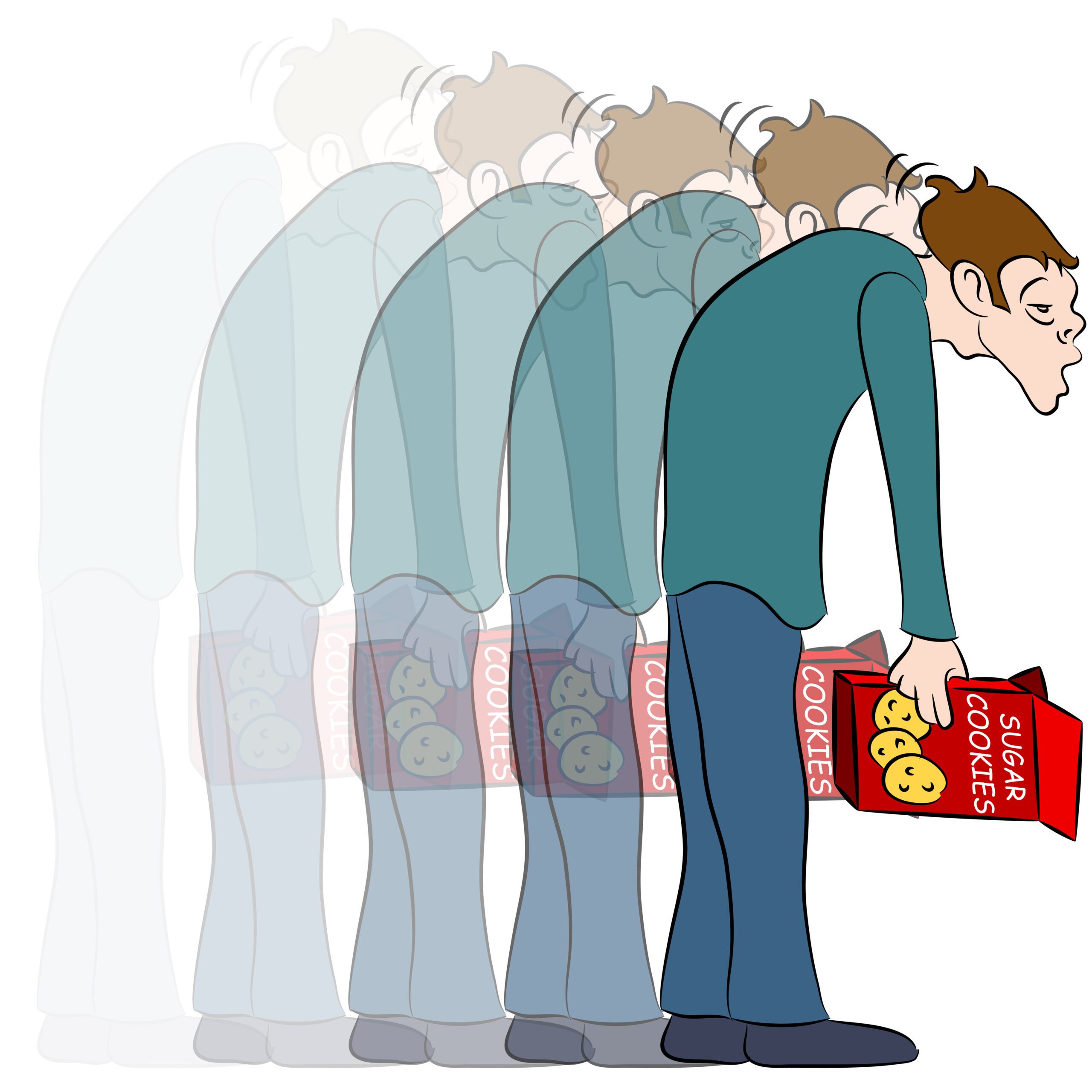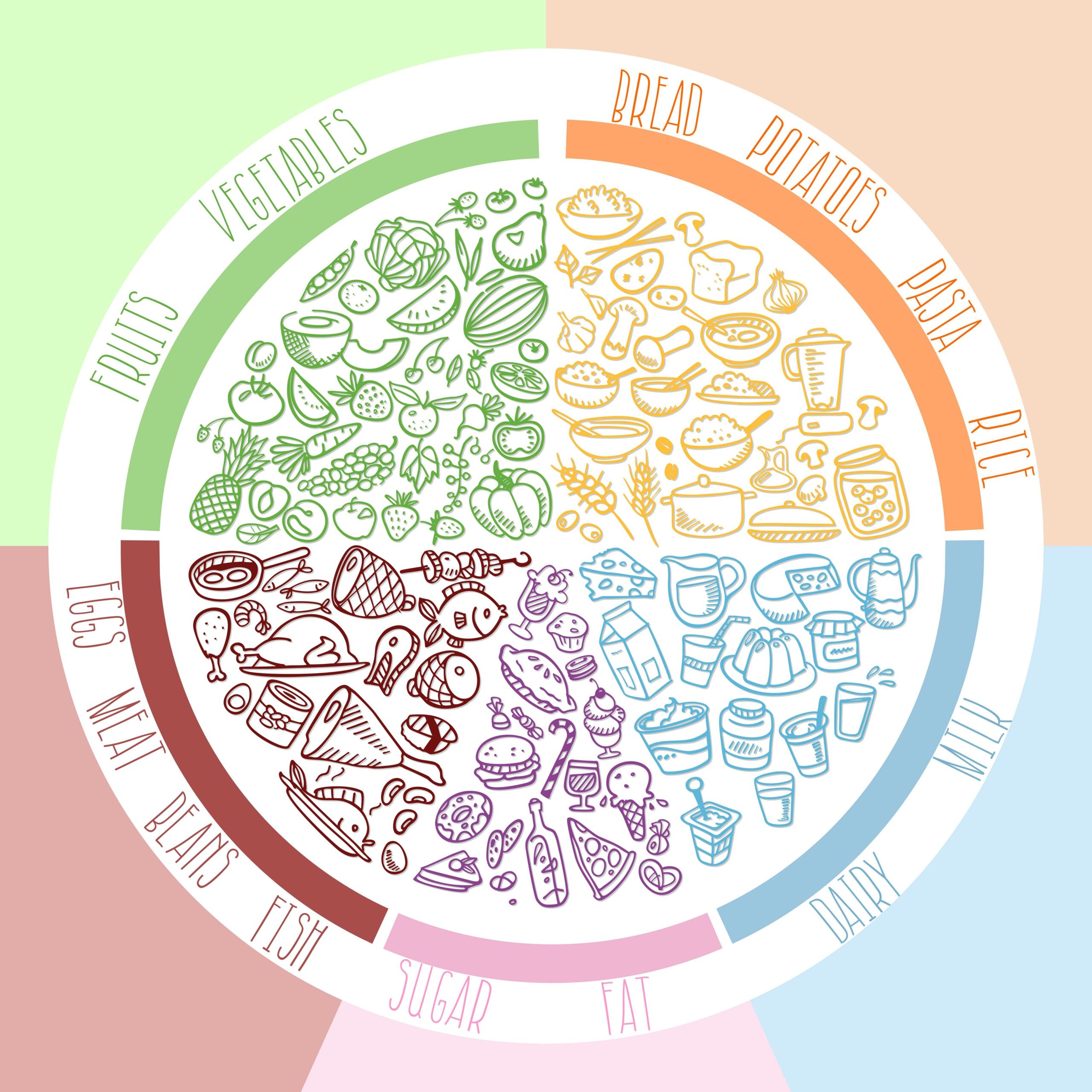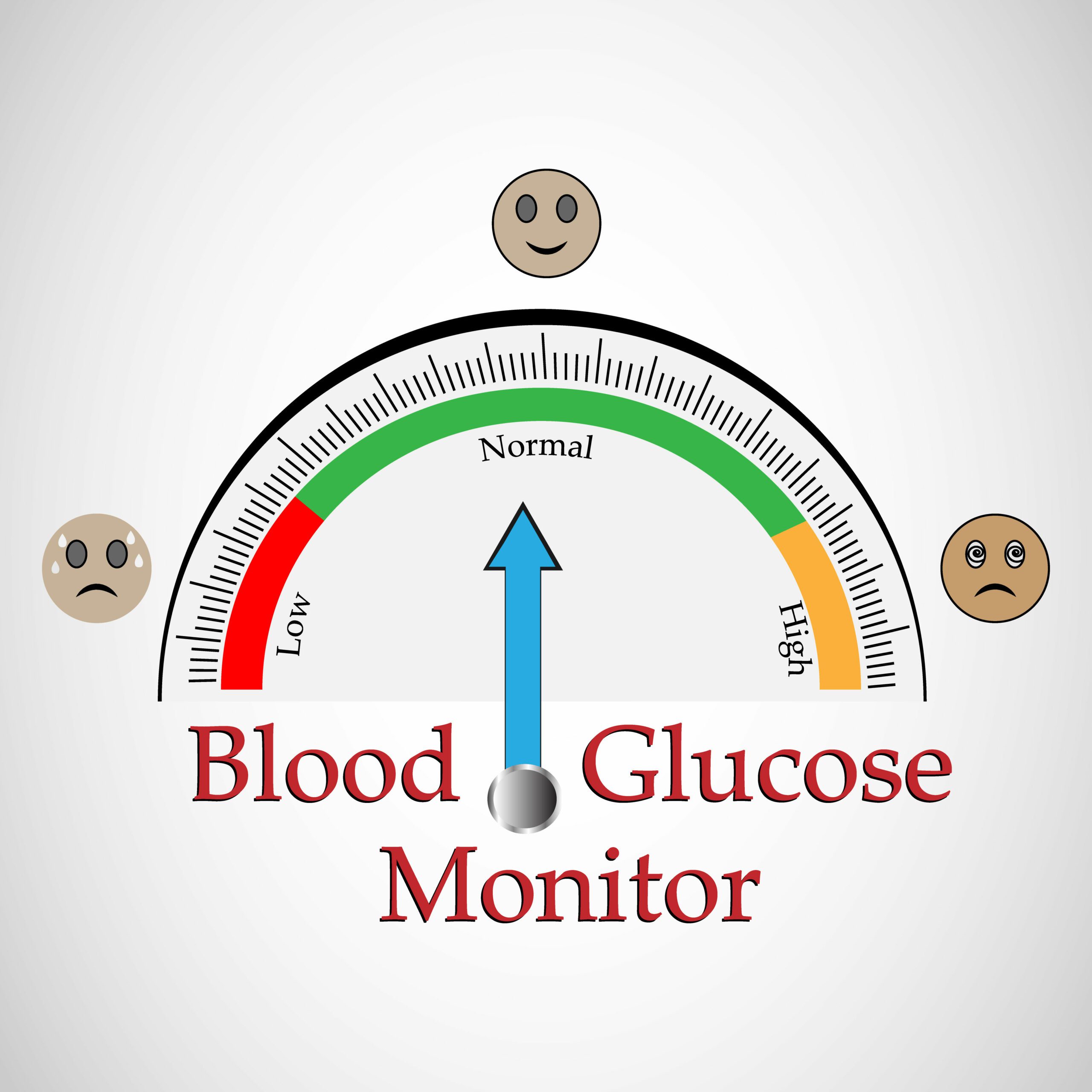How the Order of Your Meal Can Lower Blood Sugar Spikes by 75%
July 23, 2023
 679
679 
Written By: Jack Riess NASM Certified Personal Trainer and Life Long Researcher of Health and Longevity.
In a world where we are increasingly paying attention to what we eat, the idea of focusing on the order in which we consume our food might seem novel, even revolutionary.
Welcome to the intriguing world of meal sequencing.
This concept proposes a simple yet effective dietary strategy that emphasizes not just on ‘what’ we eat, but ‘when’ and ‘in what order’ we eat.
Managing our blood glucose levels has become more important than ever.
Our fast-paced lifestyles often subject us to dietary choices that wreak havoc on our body’s blood sugar balance.
Constant highs and lows in blood sugar levels can lead to a host of health issues, including but not limited to fatigue, headaches, and mood swings.
In the long run, they can contribute to the development of more severe conditions like diabetes and heart disease.
In this blog, we delve into the transformative power of meal sequencing.
The highlight? It can potentially reduce blood glucose spikes by an impressive 75%.
So, fasten your seat belts as we embark on this enlightening journey, exploring how rearranging your plate can bring profound changes to your health.
Understanding Blood Glucose Spikes

So, what exactly are blood glucose spikes?
Our body breaks down the food we consume into smaller molecules during digestion, one of them being glucose, the body’s primary source of energy.
When we consume food, especially carbohydrates, our blood glucose levels rise.
This is a normal physiological response.
However, a ‘spike’ refers to a sharp, rather than a gradual increase, often followed by a swift drop. This rapid fluctuation is what we need to be wary of.
The relationship between food and our blood sugar levels is complex.
The type of food, its quantity, the timing of consumption – all of these factors can influence how our body processes and uses glucose.
Not all foods trigger the same response.
For instance, sugary drinks and candies cause blood glucose levels to skyrocket quickly, while whole grains and legumes result in a slower and more controlled increase.
Uncontrolled blood glucose spikes pose a significant health risk.
Repeated spikes and drops can lead to what we call glucose intolerance, where our body becomes less effective at using glucose.
Over time, this can progress into prediabetes and eventually type 2 diabetes.
It’s not just about diabetes, though.
These erratic blood sugar levels are also linked to an increased risk of heart disease, kidney damage, nerve problems, and even eye issues.
The good news is that we can avoid these health complications with thoughtful dietary practices, such as meal sequencing.
So let’s dig deeper into this concept and see how we can harness its benefits.
The Science of Meal Sequencing

The concept of meal sequencing may seem relatively new, but the idea that the order in which we consume foods can impact our health has roots in traditional dietary practices across cultures.
The timing and combination of foods have always been an integral part of Ayurvedic principles, the ancient medical system of India.
Similarly, Traditional Chinese Medicine often prescribes specific sequences of foods to balance the body’s energy or ‘qi’.
However, it’s only in recent years that science has begun to substantiate these practices with empirical evidence.
The science behind meal sequencing is fascinating and quite straightforward.
When we consume food, it goes through a process of digestion and absorption.
This process differs depending on the type of food. For example, carbohydrates (sugars and starches) are quickly broken down into glucose and absorbed into the bloodstream, causing an immediate spike in blood glucose levels.
In contrast, proteins, fats, and fiber-rich foods take longer to digest, leading to a slower and more gradual release of glucose.
Meal sequencing plays a critical role in managing these reactions.
When we start with fiber-rich vegetables, our stomach gets filled, causing a slight delay in the gastric emptying rate.
Following this with proteins and fats further slows down digestion, thanks to their complex structures that require more time and energy to break down.
By the time we consume carbohydrates, the slower digestion rate facilitates a more gradual absorption of glucose, thus preventing a rapid spike in blood glucose levels.
Several studies vouch for the benefits of meal sequencing.
For instance, a study published in the journal ‘Diabetes Care’ found that eating protein and vegetables before carbohydrates resulted in significantly lower post-meal blood glucose and insulin levels compared to when the same foods were consumed in a different order.
Another study published in the ‘European Journal of Clinical Nutrition’ found similar results, further solidifying the case for meal sequencing.
The Optimal Order: Veggies, Proteins/Fats, and Starches/Sugars

Having understood the science, let’s look at the optimal order: Vegetables first, then proteins and fats, followed by starches and sugars.
This sequence is rooted in the principles of digestion and absorption we just discussed.
Starting your meal with fiber-rich vegetables fills up your stomach, slowing down the digestion process.
This is followed by proteins and fats, which take longer to break down, further decelerating digestion.
This gives a head start to the digestion process before introducing carbohydrates into the mix.
The impact of each food type on digestion and blood glucose levels is noteworthy.
Fiber in vegetables adds bulk and slows down digestion, while proteins and fats, due to their complex structure, take longer to break down.
This slower digestion rate, in turn, moderates the absorption of glucose from carbohydrates, thus controlling blood sugar spikes.
Now, let’s illustrate this with an example.
Suppose your dinner plate has grilled chicken, a side of mashed potatoes, and steamed broccoli.
Traditionally, you might start with the chicken and potatoes and then move onto the broccoli.
In the optimal sequence, you’d start with the broccoli, then move onto the chicken, and finally, have the mashed potatoes.
This sequence, while seeming simple, can make a world of difference to how your body manages blood glucose levels post-meal.
So, why not give it a try and feel the difference for yourself?
Additional Tips to Curb Blood Glucose Spikes

While meal sequencing offers a potent strategy to manage blood glucose levels, it isn’t the only tool in our dietary arsenal.
There are several additional measures we can adopt to keep our blood sugar levels in check.
Firstly, consider the quality of your diet. Opt for nutrient-dense, whole foods over processed foods.
Whole grains, lean proteins, healthy fats, and a rainbow of fruits and vegetables should be the stars of your plate.
These foods are rich in fiber and take longer to digest, thus preventing abrupt spikes in blood sugar levels.
Portion control is another key strategy.
Even healthy foods can cause blood sugar levels to surge if consumed in large quantities.
Moderation is key, so pay attention to serving sizes and try not to overeat.
Furthermore, incorporate regular physical activity into your routine.
Exercise helps your body use up glucose for energy, which in turn lowers blood sugar levels.
It doesn’t have to be a grueling gym session – even a brisk walk after meals can make a difference.
Choosing low glycemic index (GI) foods is another effective strategy.
The glycemic index is a ranking of carbohydrate-containing foods based on their potential to raise blood glucose levels.
Foods with a low GI release glucose slowly and steadily, preventing sharp spikes.
Finally, don’t underestimate the importance of regular monitoring.
Keeping a close eye on your blood glucose levels can provide valuable insights into how your body responds to different foods and help tailor your diet accordingly.
Implementing Meal Sequencing: Practical Tips and Challenges

Implementing meal sequencing into your daily life may seem daunting at first, but it’s easier than you think.
Here are some practical tips to get you started:
However, as with any new habit, you may encounter some challenges.
One common misconception is that meal sequencing is rigid and leaves no room for flexibility.
But remember, it’s more about prioritizing rather than strictly segregating food groups.
You can still enjoy a mixed salad or a sandwich – just be mindful of the sequence in which you consume larger, distinct portions.
Another potential challenge is sticking to the new routine.
Change is hard, but it doesn’t have to be overwhelming.
Start with small, manageable steps, and gradually incorporate the practice into your lifestyle.
If you’re finding it difficult to navigate meal sequencing, don’t hesitate to seek support from a dietitian or nutritionist.
They can provide personalized advice and help you make the transition smoother.
After all, your journey towards better health should be an empowering and enjoyable experience!
An Empowering Approach to Health

Meal sequencing, the simple yet transformative concept, can indeed be a game-changer in our journey towards better health.
It’s not just about what we eat, but also how and when we eat it.
By paying attention to the sequence in which we consume our foods, we can take control of our blood glucose levels and prevent the undesirable health outcomes associated with its spikes.
This strategy is more than just a dietary tweak; it’s an empowering approach to health that places you in the driver’s seat.
You have the power to influence how your body responds to food and maintain a stable, healthy blood glucose level.
As we conclude, we invite you to give meal sequencing a try.
Start with one meal, and slowly integrate this practice into your daily routine.
The journey towards better health is personal and unique, and we’re eager to hear about your experiences and ideas.
So, do share how meal sequencing has impacted your life. After all, the journey towards better health is better when shared!
References

A new study suggests that a widely used sugar substitute found in diet sodas, chewing gum, and low-sugar yogurt may elevate insulin levels. This could increase the long-term risk of heart disease. “Artificial sweeteners have infiltrated nearly all types of food, making it crucial to understand their long-term health effects,” said Yihai Cao, senior author […]

Diet Coke has long been a fan-favorite among soda lovers who want a fizzy, guilt-free alternative to traditional soft drinks. While its zero-calorie, zero-sugar label makes it seem like a healthier option, the reality is far more concerning. Despite its undeniable popularity, Diet Coke’s nutritional profile has raised red flags among health experts for years. […]

New study shows that embracing an anti-inflammatory, plant-forward diet can support cognitive function and help reduce the risk of dementia. What You Eat Shapes Your Brain The food you eat doesn’t just impact your body—it also affects your brain. Research suggests that eating an anti-inflammatory, plant-based diet can help improve memory, focus, and overall brain […]